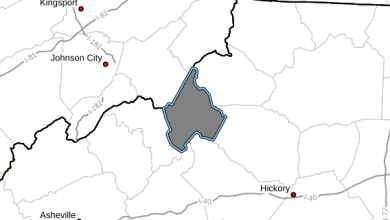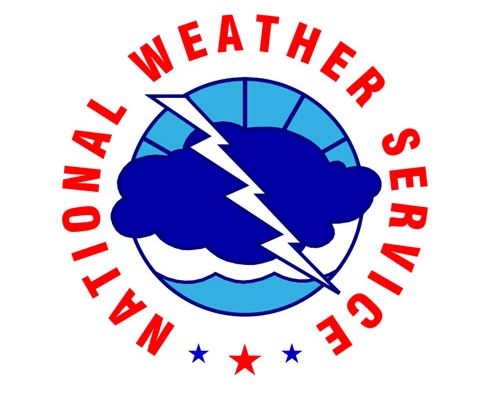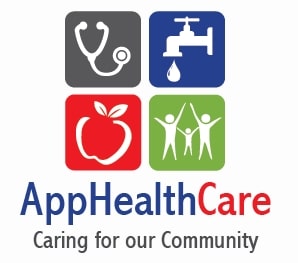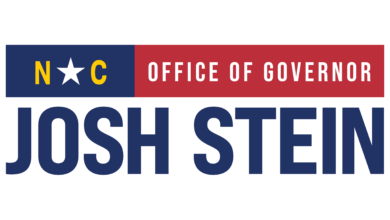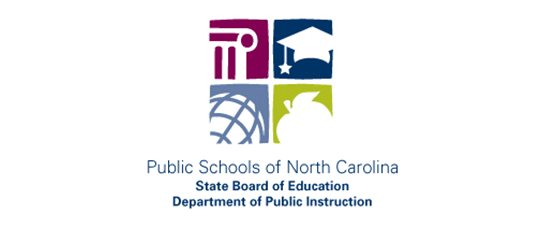
Last Updated on May 22, 2020 10:45 am
With at least some amount of remote instruction a likely part of the 2020-21 school year, the State Board of Education today approved a set of requirements all school districts and other public schools, including charters, must meet in drafting remote instruction plans due this summer.
The board’s action follows COVID-19 legislation by the General Assembly earlier this month that mandated the development of the remote instruction plans to ensure quality teaching and learning outside the traditional classroom. The legislation required that the plans address a number of issues, ranging from parent involvement and effective instruction to equitable access and provisions for monitoring student attendance.
In addition to the legislature’s requirements, the board added two additional items that districts and schools must incorporate in their remote instruction plans – provisions to address the needs of students who are English-language learners, academically and intellectually gifted and those who are homeless and also an item addressing the local limitations that districts and school confront in executing quality remote instruction, such as availability of broadband and needed devices.
As initially proposed by Department of Public Instruction staff, the planning guidelines only encouraged districts and charter schools to include attention to the needs of English learners, gifted students and students who are homeless, but board member James Ford and other board members asked that plans be required to include a provision specifically focused on English-language and AIG learners.
Board Chairman Eric Davis said the remote instruction plans are among a number of new demands districts and charter schools are now facing to cope with the consequences of the Coronavirus pandemic.
“We need to be mindful that this is one of many additional requirements that districts must now meet,” Davis told board members. He urged action by the state to ensure reliable and fast broadband access to “every corner” of North Carolina. “The private sector will not fill this gap.
“Broadband is more than an economic issue, it is an economic development, commerce, and public safety issue that is just as critical as electricity, water, sewer and other public utilities for the quality of life for every North Carolinian,” Davis said.
Board members and DPI staff also emphasized the need for strong support from the department to help in the development of the plans, which are due to the board by July 20.
The remote instruction plans are required to include 15 components. Among them:
- Consulting with teachers, administrators and instructional support staff, parents, students, community partners, and other stakeholders in developing the plan and effectively communicating it to all involved parties.
- Surveying student and teacher home connectivity and providing for remote instruction that is appropriate for teachers and students with limited connectivity capability, including the opportunity for students to download remote learning materials in advance when practicable.
- Ensuring that remote instructional time, practice, and application components support learning growth that continues towards mastery of the standard course of study; and including work measurement guidelines appropriate to each grade level, including deadlines for submission of assignments and methods to assess and grade learning during remote instruction.
- Ensuring that students with disabilities have equal access to the remote instruction provided by their public school units and that remote instruction is provided in a manner consistent with each student's individualized education program (IEP) or 504 plan.
- Tracking and reporting attendance on remote instruction days, including protocols for determining attendance, the reporting system to be used, and how attendance procedures will be communicated to parents before remote instruction begins.









